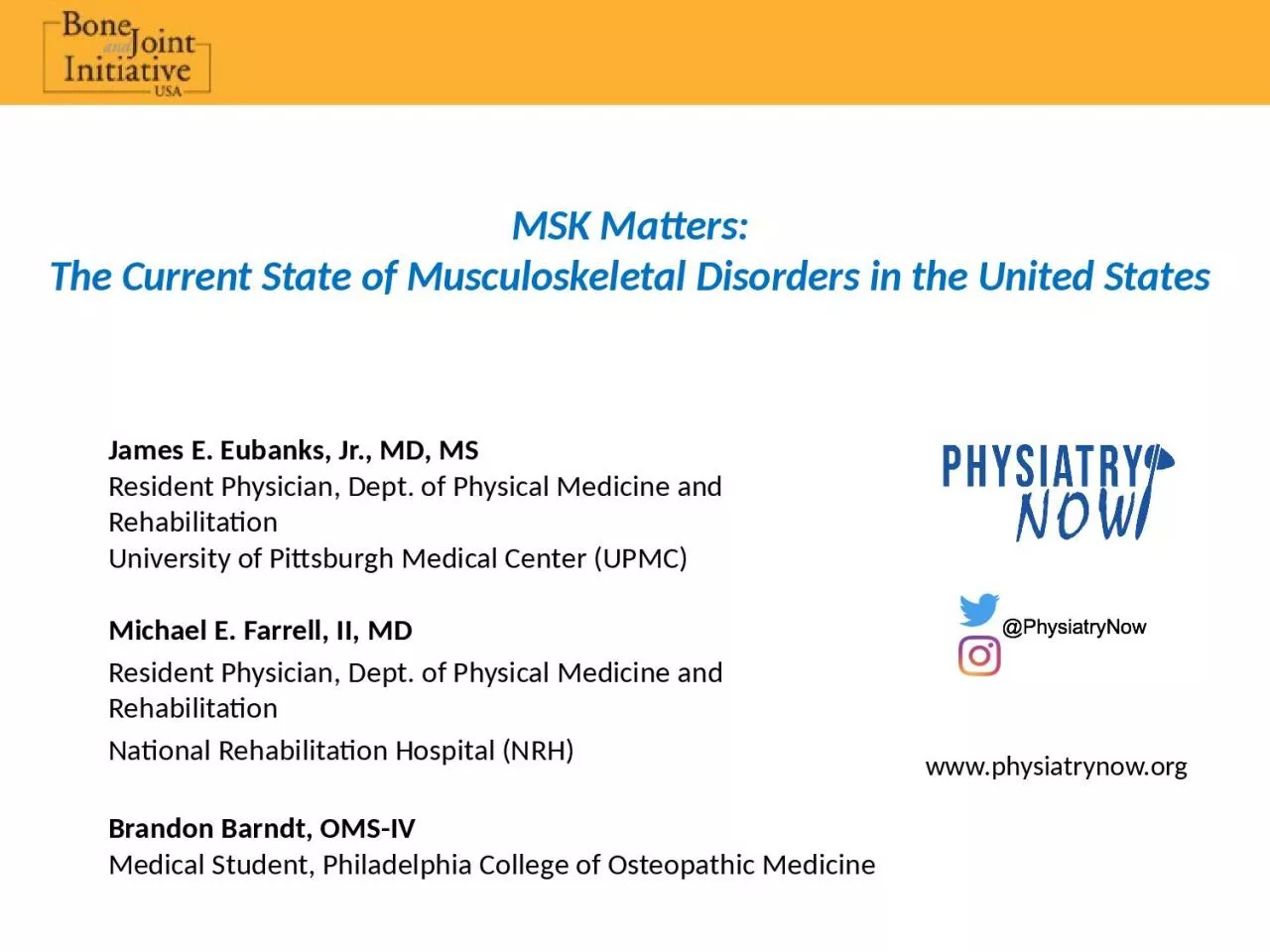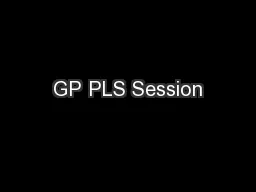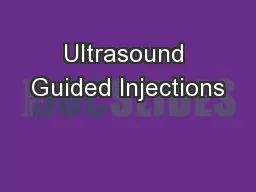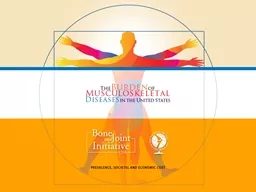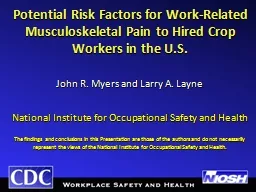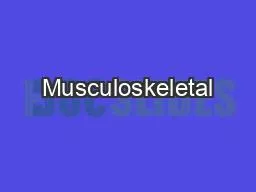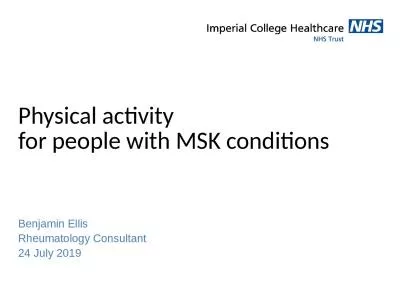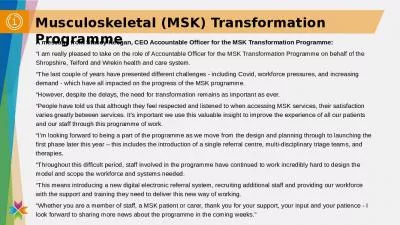PPT-MSK Matters: The Current State of Musculoskeletal Disorders in the United States
Author : singh | Published Date : 2024-02-03
James E Eubanks Jr MD MS Resident Physician Dept of Physical Medicine and Rehabilitation University of Pittsburgh Medical Center UPMC Michael E Farrell II MD Resident
Presentation Embed Code
Download Presentation
Download Presentation The PPT/PDF document "MSK Matters: The Current State of Muscu..." is the property of its rightful owner. Permission is granted to download and print the materials on this website for personal, non-commercial use only, and to display it on your personal computer provided you do not modify the materials and that you retain all copyright notices contained in the materials. By downloading content from our website, you accept the terms of this agreement.
MSK Matters: The Current State of Musculoskeletal Disorders in the United States: Transcript
Download Rules Of Document
"MSK Matters: The Current State of Musculoskeletal Disorders in the United States"The content belongs to its owner. You may download and print it for personal use, without modification, and keep all copyright notices. By downloading, you agree to these terms.
Related Documents

